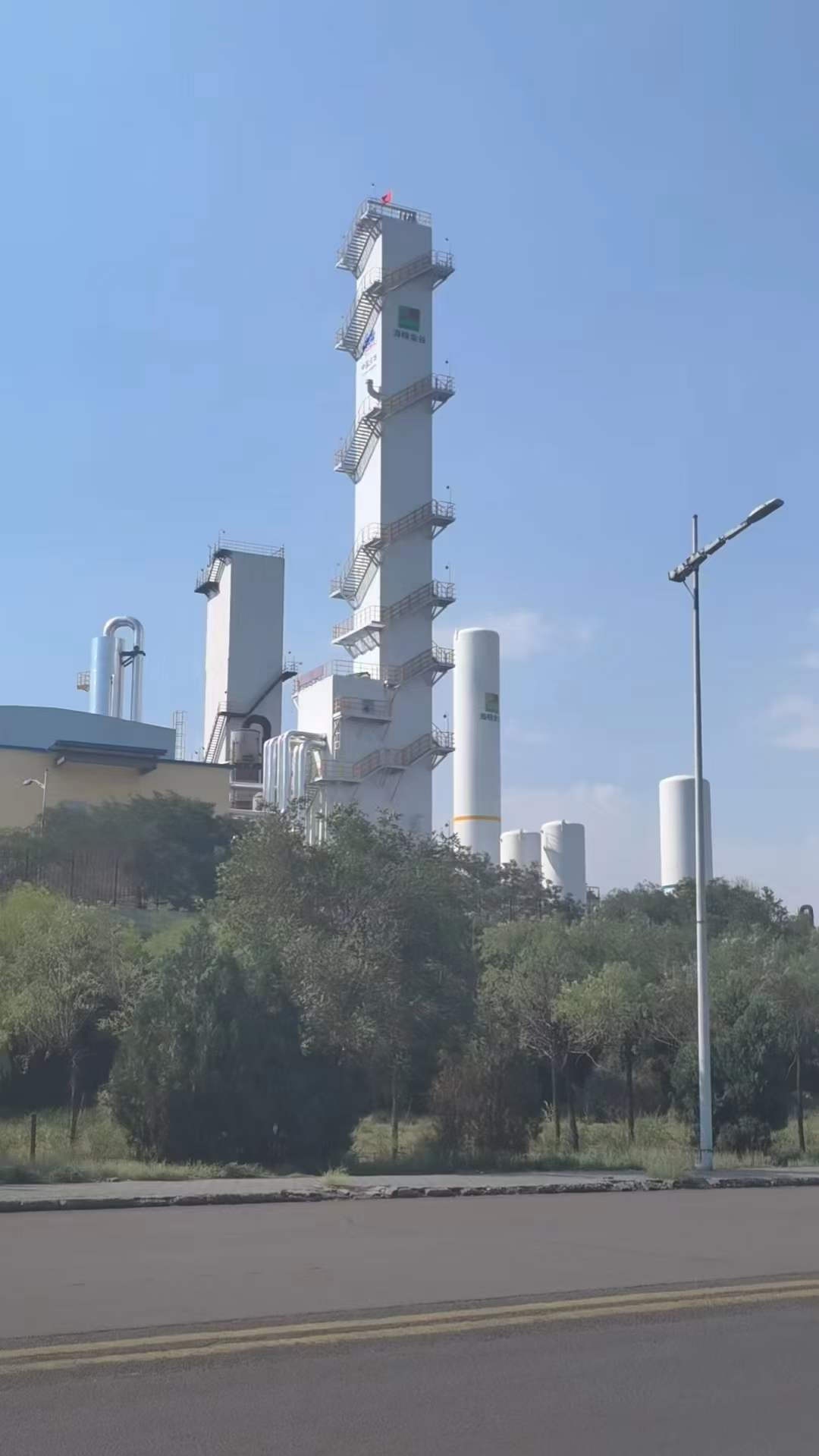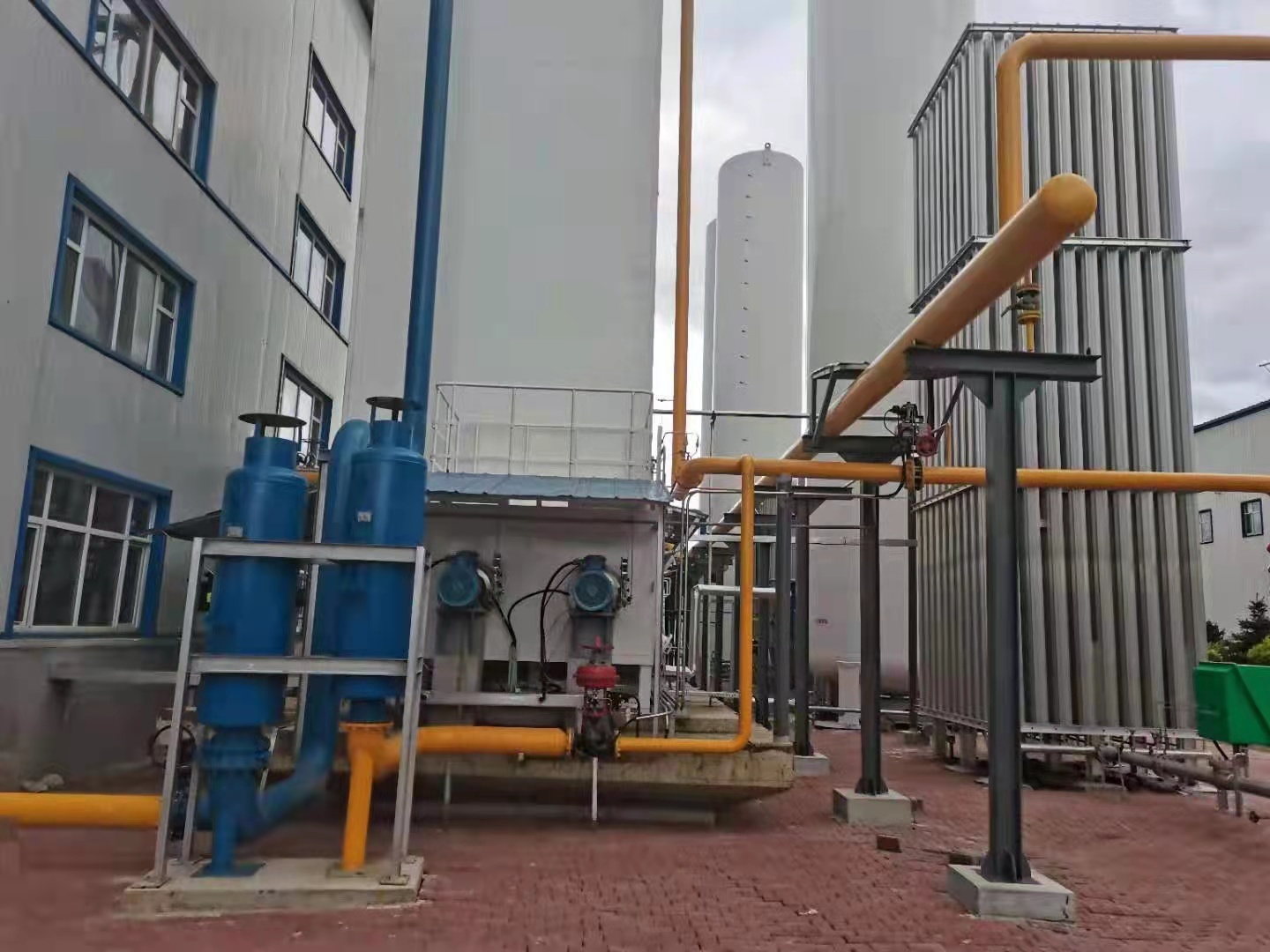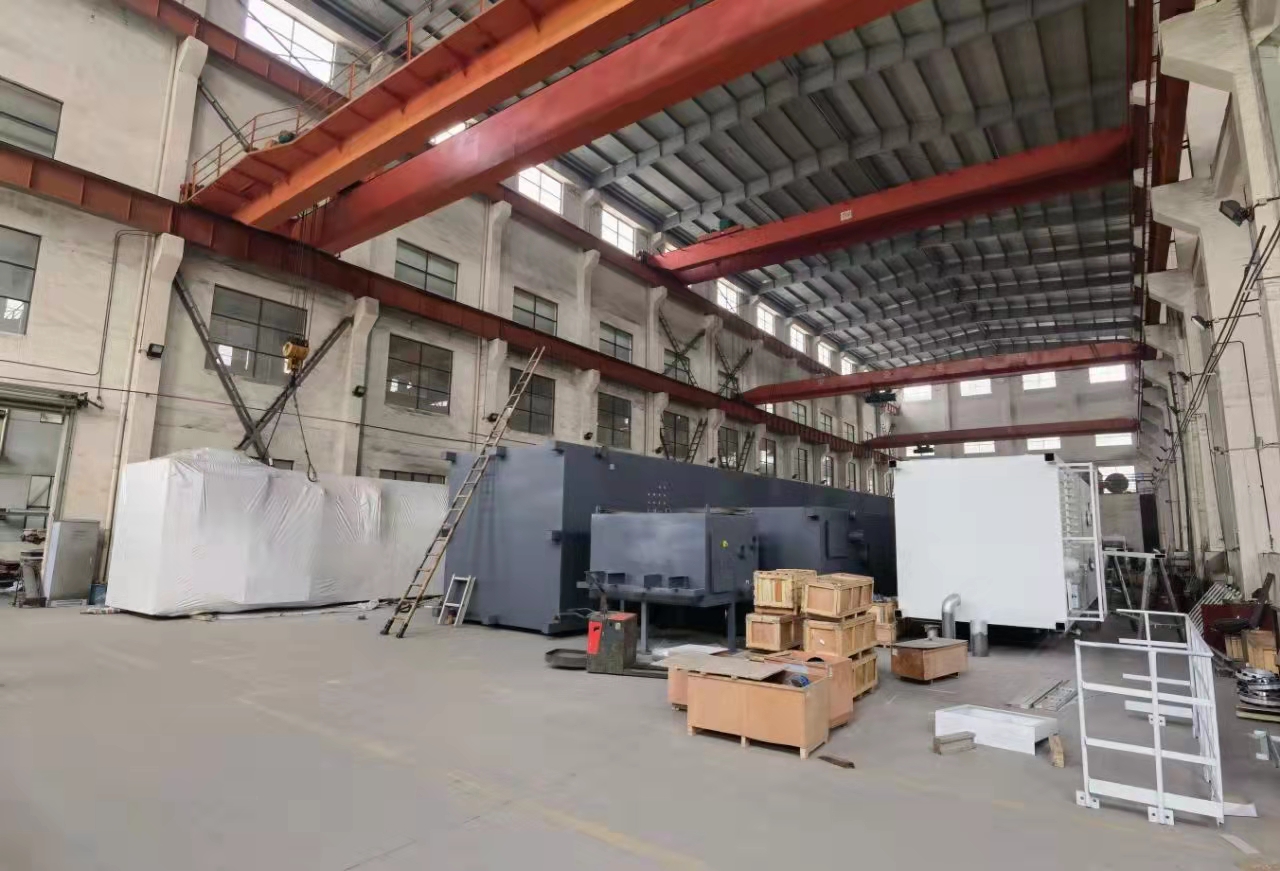-
WhatsApp / Mob : +8618936889762
-
Email : gaoyuu@njbangwin.com
WhatsApp / Mob : +8618936889762
Email : gaoyuu@njbangwin.com
Categories
Latest blog
Tags
Navigating the Argon Gas Industry: Trends, Properties, Uses, and Safety
Aug 19 , 2023Argon gas, a versatile and noble element, has etched its presence in various industries. From welding to electronics manufacturing, its wide-ranging applications are the driving force behind the argon gas market. This blog is a comprehensive exploration of the current market trends, the unique properties of argon gas, safety considerations, and its diverse applications.
Argon Gas Market Trends: A Glimpse into the Future
The argon gas market is experiencing noteworthy trends reflecting its growing significance in several sectors:
1. Growing Demand in Welding: The welding industry, driven by construction, automotive, and manufacturing activities, is witnessing a surge in argon gas demand for shielding purposes.
2. Electronics Manufacturing: The electronics sector, as electronic devices become more advanced and widespread, continues to drive the demand for high purity argon gas for semiconductor production.
3. Energy Efficiency: The construction industry is utilizing argon gas's insulating properties to enhance energy efficiency, especially in windows and doors, contributing to energy conservation efforts.
Properties of Argon Gas: A Foundation for Innovation
Argon gas boasts unique properties that make it indispensable in various applications:
1. Inert Nature: Argon's inertness is ideal for welding processes, preventing oxidation and contamination during welding, resulting in superior weld quality.
2. High Thermal Conductivity: Argon's excellent thermal conductivity is pivotal in controlled atmosphere furnaces for precise temperature control in metal processing.
3. Non-Toxic and Non-Flammable: While argon gas is generally safe, proper handling and storage are essential to prevent safety risks associated with any compressed gas.
Safety Considerations
Although argon gas is relatively safe, certain safety measures must be observed:
1. Ventilation: Argon gas, being heavier than air, can displace oxygen in poorly ventilated spaces, potentially leading to asphyxiation. Adequate ventilation is vital in areas where argon gas is used.
2. Storage and Handling: Argon gas cylinders must be stored securely in well-ventilated areas, protected from heat and direct sunlight. Proper labeling and handling procedures should be adhered to.
3. Leaks and Monitoring: Regular inspections for leaks and the use of gas detection devices are crucial in ensuring a safe working environment.
Argon Gas Uses: Versatility Unveiled
Argon gas finds its place in various industries:
1. Welding and Fabrication: It serves as a shielding gas in welding processes, ensuring clean and strong welds.
2. Electronics Manufacturing: Argon gas creates controlled environments for semiconductor production, preserving the integrity of electronic components.
3. Medical Applications: Argon gas lasers are used in medical procedures due to their precision and minimal tissue damage.
4. Food Preservation: It extends the shelf life of packaged foods by creating a protective atmosphere.
Conclusion: Navigating the Argon Gas Universe
As the argon gas market aligns with trends in industry and technology, its applications span diverse sectors, driven by its distinctive properties and adaptability. While it offers immense benefits, safety considerations are paramount in its handling and usage. From welding to electronics, argon gas's diverse applications underscore its significance in advancing technology and enhancing our world. As industries continue to innovate, argon gas remains an invaluable resource, shaping the present and molding the future.



